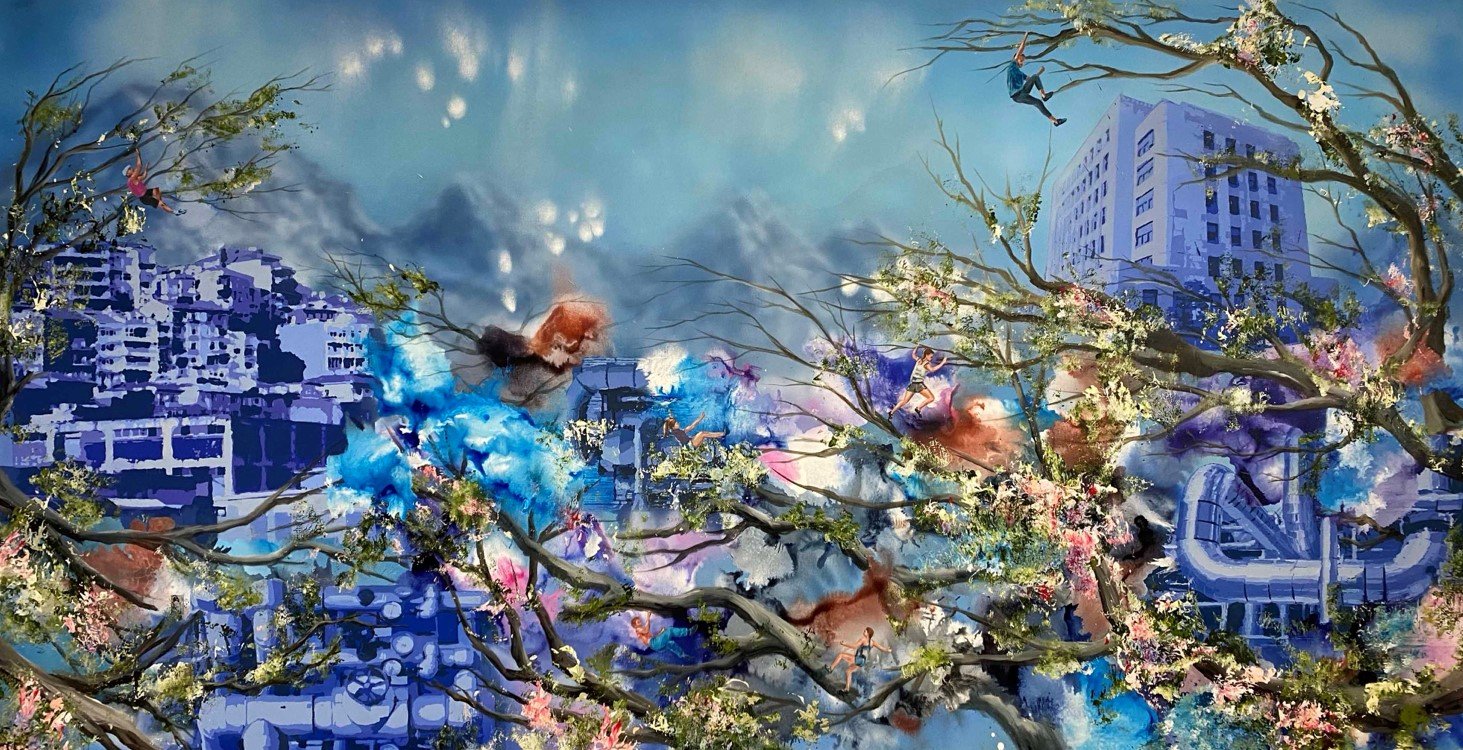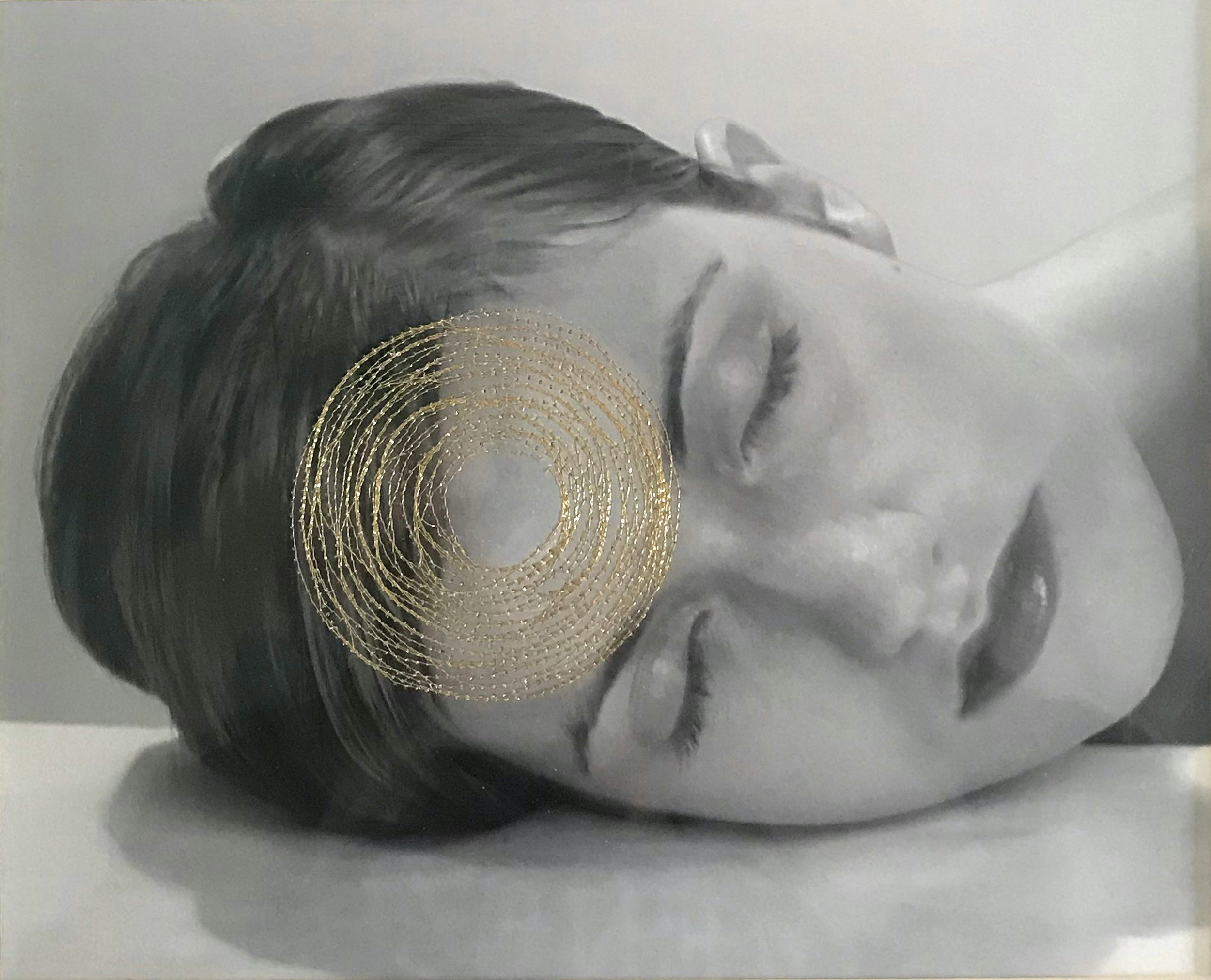Intercepting the Language of the New Generations. A conversation with Roberto Casiraghi, director of The Others Art Fair
By Alberto Aguilar | 2 NOV 2022
A revolutionary project, an experimental show, an exhibition platform, an independent fair, an eccentric alternative… That's what The Others is all about.
From 3rd to 6th November, the eleventh edition of this art fair will become a crossroads for artists of different generations to reflect on the relationship between human being and new technologies and on the power of language and new artistic experimentation. We had an exchange of ideas and points of view with its founder and director, Roberto Casiraghi.
I
ALBERTO AGUILAR: From The Others you perceive the art system as a self-referential entity and, furthermore, you criticise and combat such idiosyncrasy. Let us address these questions, then.
To speak of self-referentiality is to speak of a closed organisation within which there are different processes of symbolic and cultural production, which are generated by the interaction between the elements of the system itself. In your opinion, what are the irreducible components of the art system?
Moreover, by being self-referential, a system thinks and produces itself, it enjoys a radical autonomy. Thus, you perceive the art system as an entity that deliberately excludes itself. Do not you think, however, that both artistic practice and the art complex in which it unfolds are interdependent and interact with what is happening beyond themselves today? That is to say, does the sphere of art exist insofar as it is thought and produced in relation to its time and to what surrounds it?
ROBERTO CASIRAGHI: I am happy to answer these questions because they are not the usual one, but they require reasoning around the theme of art and fairs and it is necessary to set one's gaze far away and not in the immediate future; the horizon is the forest and not the small garden.
Of course, the art system is self-referential in its essence and it is precisely to challenge this self-referentiality that The Others project was born, deliberately managed, also in terms of image, "upside down"; it was created to set offside and displace those who exist thanks to self-referentiality.
In reality, there are different levels in the art system because the system to which Gagosian or De Carlo, Hauser&Wirth, Zwirner belong is not the same level as Sadie Coles or Noero, Galleria Continua, but the processes that rule them are substantially similar. The very fact that there are different levels in the system allows both artistic practice and the artistic complex to be interdependent and interact with what is happening outside them.
The various levels correspond to different motivations: commercial speculation, the taste of collectors, the fashion phenomenon, the second and third market; we try to promote a virtuous circuit of the system that cannot disregard the inflexible elements that lead a good artist to work with a good gallery that supports production and promotion through exhibitions and the work of critics in order to be acquired by important collections and famous museums at a proper price/quality ratio.
Unfortunately, this circle does not always close because some pieces of this system invade the territories of others and then the system from virtuous (in Italian: virtuoso) with only three letters becomes vicious (in Italian: vizioso).
II
AA: The Others is celebrating its eleventh edition this year... From what conditions did The Others emerge? What did you appeal to in your beginnings to do things differently? How have you managed to short-circuit the self-referential idiosyncrasy of the art system for more than ten years?
RC: In a world dominated by giants such as ART BASEL, FIAC, ARCO, FRIEZE, ARTISSIMA; The Others was born mainly to offer all the players in the art world —not necessarily organized as art galleries, but also cultural associations, artist run spaces, artists' collectives, non-profit organizations, etc.— the possibility of exhibiting in a fair that offered them the services typical of a big fair without bearing the costs of large events.
The key element for participating to The Others was not, and still is not, the pedigree of the gallery but the strength and novelty of the artistic proposal.
To have reasonable costs and thus allow participants to invest heavily in production so as to have many exhibitors with new or site-specific works, we had to work a lot on communication and social promotion and little on advertising, use unusual hours for a fair —we close late at night— take advantage of the attractive capacity of Artissima, its fame, its collectors. And today The Others enjoys a very interesting percentage of 'own' visitors.
Knowing very well the dynamics of the fairs for having conceived and managed Artissima for 13 years to the point of bringing it to a very high qualitative and international level, we were aware of the strong and weak points of that project and we had above all the need to breathe new air and try to intercept art spaces, artists, collectors, critics and curators who were 'fresher' and less entangled in the logic of the art market.
At The Others, exhibitors do not need to "show their muscles," collectors do not need to follow the trends of the moment, young people are not intimidated of asking and learning.
III
AA: The Others is, in your words, a revolutionary project insofar as it is capable of intercepting the language of the new generations and promoting emerging realities. Do not you think that both Artissima and the rest of the fairs also concentrate on doing this?
RC: Large fairs, aimed at an international audience, have very high production and thus participation costs and are mainly reserved for more established and economically stronger galleries. All fairs propose a small section of emerging galleries but always very sparingly. Artissima, which grew in the 1990s as a fair with a focus on young galleries, is, in my opinion, in a bit of an identity crisis as many of the then 'young' exhibitors are now established galleries with very important and expensive artists. It has somewhat lost that allure of a research fair.
IV
AA: Beyond your selection of exhibitors and artists, what processes and formats do you design to differentiate yourselves from other fairs? What should we look at in order to understand your concept of a fair? What devices have you devised to intercept emerging languages and realities? How revolutionary is this edition's proposal?
RC: At The Others we do not sell space by the square meter and those who have more money buy bigger spaces; we only have two types of booth and an exhibition display that alters the classic corridor shape and which this year becomes a labyrinth; the last ingenious sign, from the labyrinth comes the revisitation of Pac-man, a game from the 1980s, that characterizes the entire press and social communication campaign and the graphics inside the fair. It will be fun to see the public playing with the game for real in challenges between fathers and sons; imitating the video game challenge the confrontation between generations that we find in many boots at the fair.
If this is not a revolution...
ROBERTO CASIRAGHI is the founder and director of The Others Art Fair. Genoese, for half a century in Turin, studies in economics and political science, seventy years. He hardly remembers the first years of his work, but “recently” with his own group he created in the nineties: In the shadow of Vesuvius – Naples in the European view from the 15th to the 19th century - in Naples, an exhibition chosen by the Presidency of the Repubblica and moved to London, again in 1990 for President Cossiga's state visit to Queen Elizabeth II. Caravaggio, how masterpieces are born, in Florence and Rome, moving 29 works by Merisi from museums and private lenders and the most visited exhibition of the year in Italy with 670.000 visitors. Reopening of the Capodimonte Museum, permanent installations on the noble floor of the Museum, Naples, 1995. Artissima in Turin, conceived and built in 1994 and directed for thirteen years; The Others was born in 2011 and The Phair in 2019, still directed. And in the meantime, Civilization of the nineteenth century in Naples, Domenichino and Pietro da Cortona in Rome, Romacontemporari in Rome, The young Ribera in Naples, Still life in Naples, MINT in Milan, etc.







